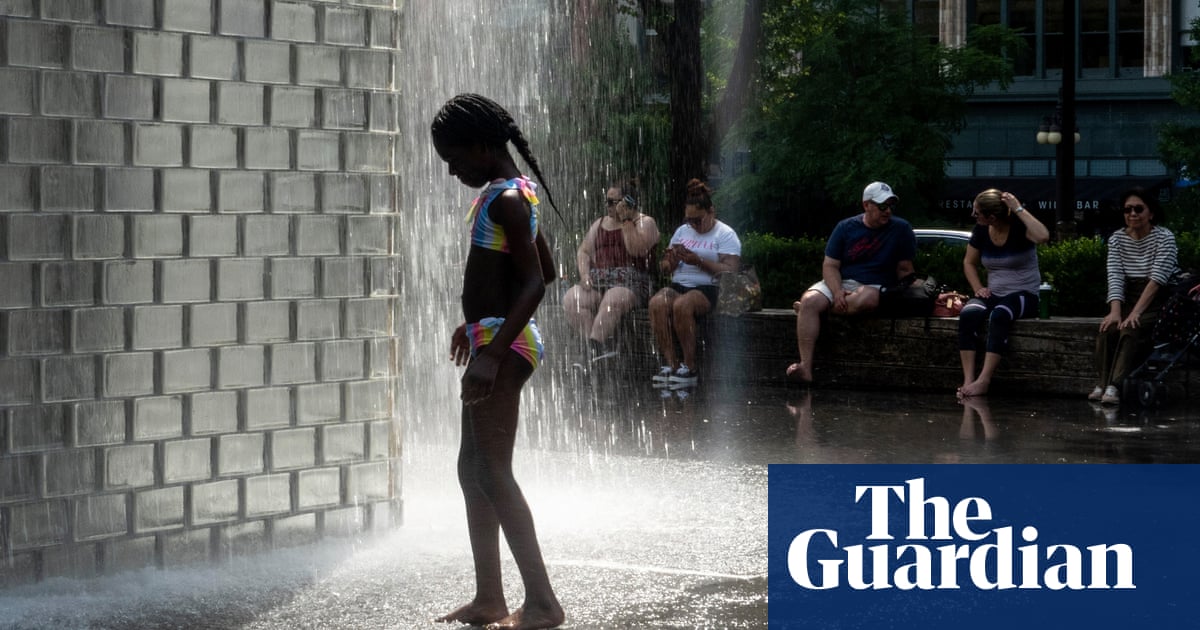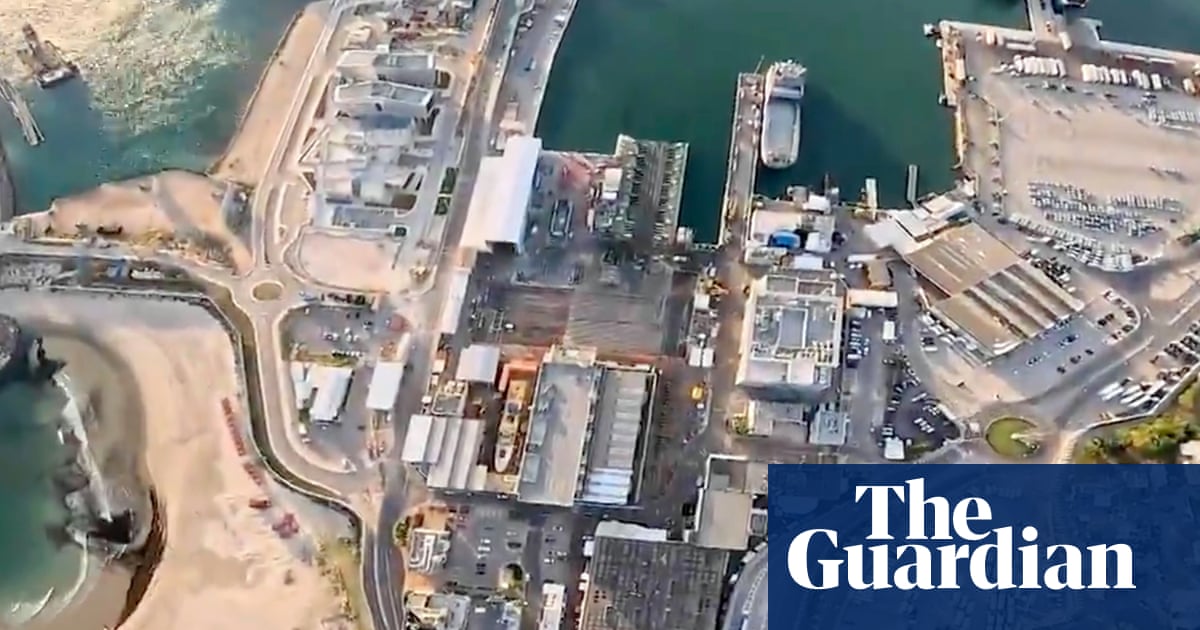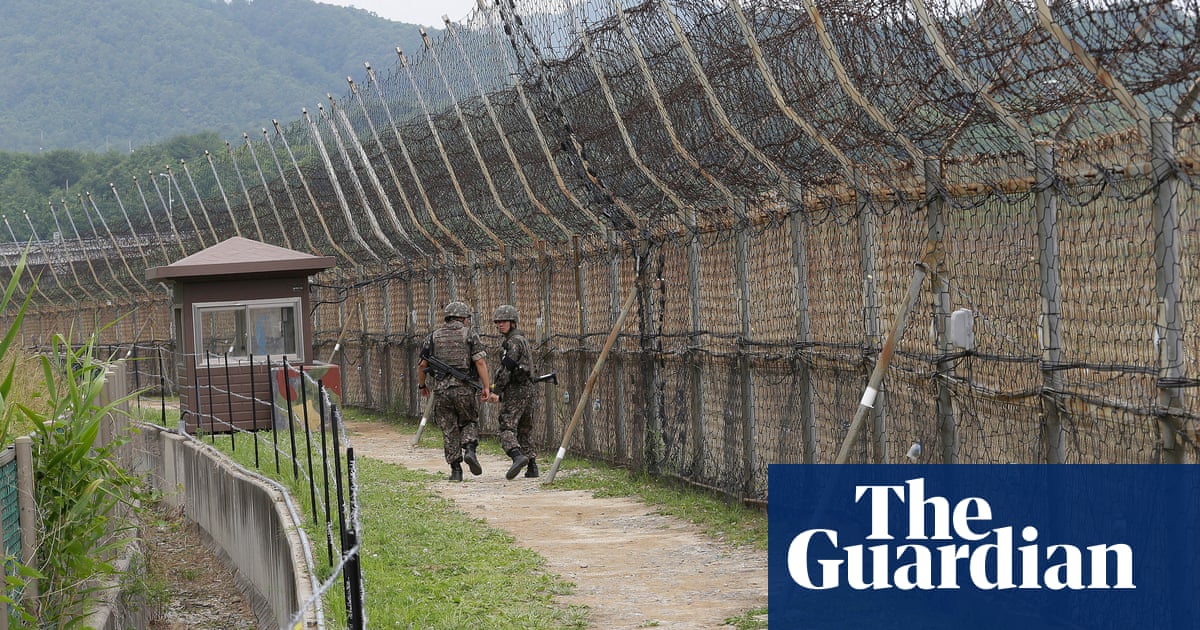A coalition of environmental non-profit organizations have called on the the Federal Emergency Management Agency (Fema) to add extreme heat and wildfire smoke to its list of major disasters that could qualify for emergency funding.
The Center for Biological Diversity signed a joint petition on Monday urging Fema, the federal government’s lead agency in responding to natural disasters, to officially recognize the increasing number of heat-related crises.
“It’s past time for Fema to address the climate emergency head-on. That means unlocking crucial funding for local governments to build robust and resilient solutions like community solar and storage, cooling centers and air filtration,” said Jean Su, energy justice director and senior attorney at the Center for Biological Diversity.
“That’s a critical way we can protect workers and vulnerable communities from the ravages of the climate emergency.”
More than 270 million Americans – roughly 80% of the country’s population – are experiencing a kind of heatwave, smashing records with temperatures at or above 90F (32.2C) for long periods of time under a weather phenomenon known as a heat dome. Experts said the type of heatwave the north-east is facing has not been seen in decades.
And it’s not even July.
Scientists warn that heatwaves are increasing in frequency as the climate crisis intensifies due to human activity, especially burning fossil fuels and deforestation. Last year was the hottest year on record and the US faced the most heatwaves since 1936.
The risks associated with the intense heat include more wildfires, poor air quality and a strain on infrastructure that delivers much needed power to keep cool. The National Weather Service says heat is the leading disaster-related killer in the US, killing more people than hurricanes, floods and tornadoes combined.
“One construction worker dies every three days in Texas and a huge factor in these deaths is heat; whether it’s heat stroke or hyperthermia or in some cases, prolonged illness that can affect eyesight and quality of life,” said Margarita Del Cid, Workers Defense Dallas member-leader.
Del Cid added: “Additionally, communities of color including Latines, generally reside in areas that are more susceptible to the effect of wildfire smoke that can lead to life-threatening illness such as asthma, bronchitis, and even affect the brain’s function. A federal standard to qualify heat and wildfire smoke as a major disaster will make way for life-saving and proactive resources and support in these vulnerable communities and areas”.
Fema has not issued a specific response to the petition, but the agency’s spokesperson for the western US states said there was nothing that would preclude an emergency declaration for extreme heat and noted that there would need to be an immediate threat to life and safety that local authorities could not respond to.
Fema did not immediately respond to a request for comment.









